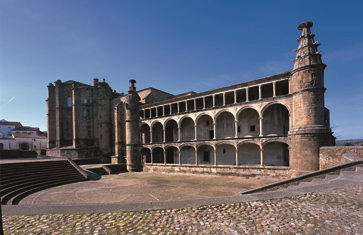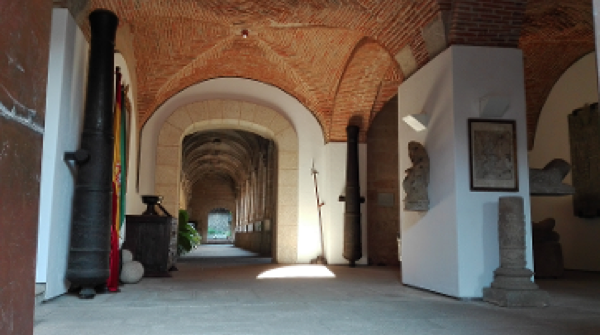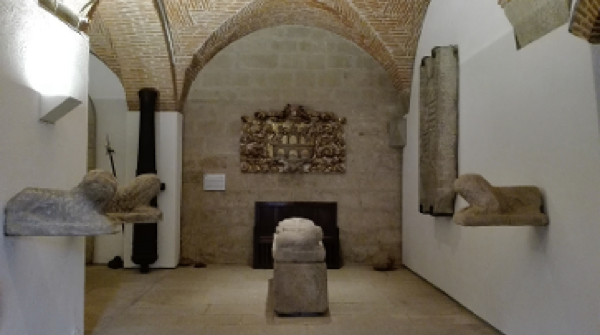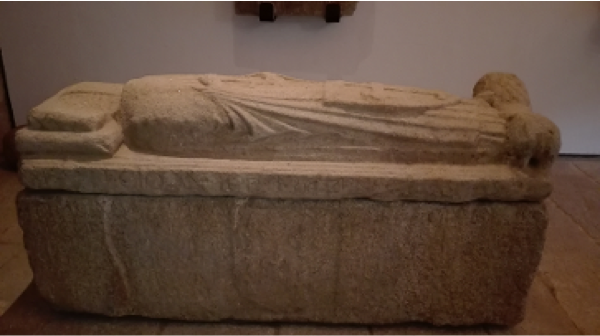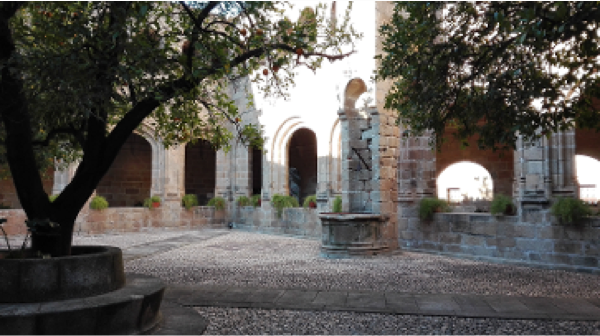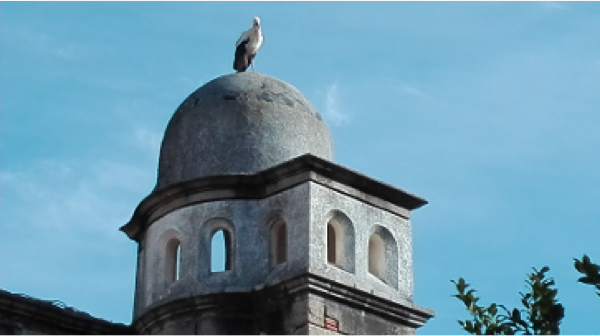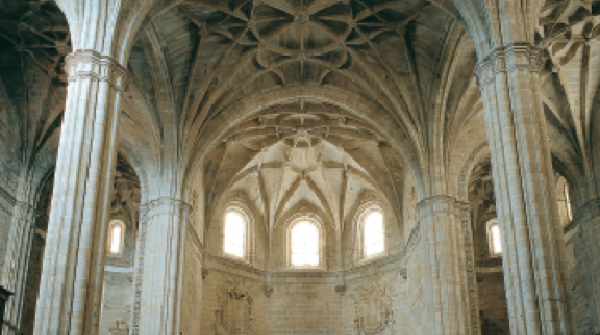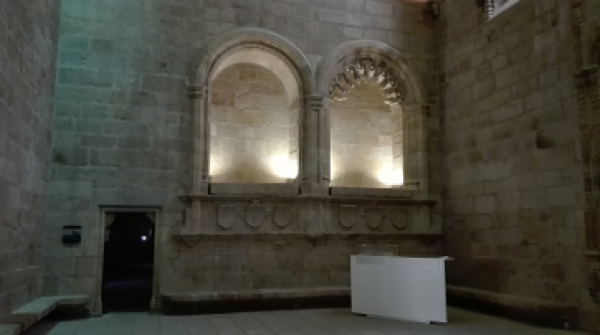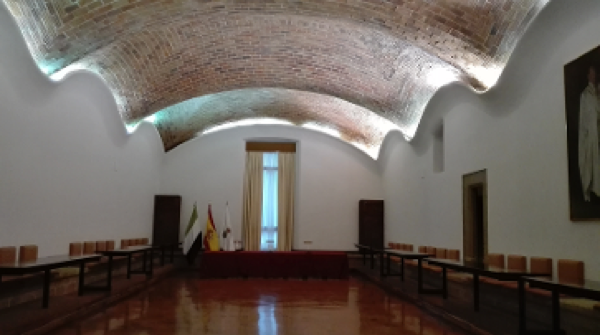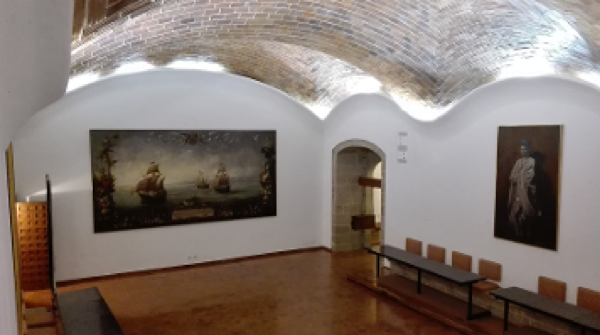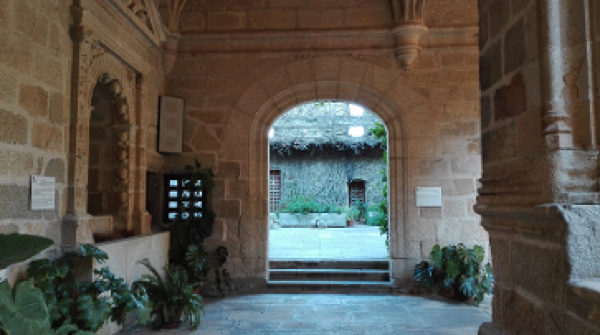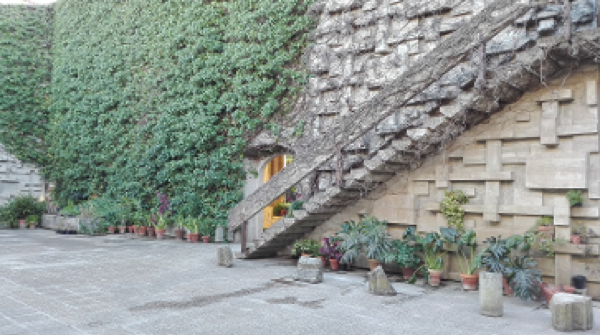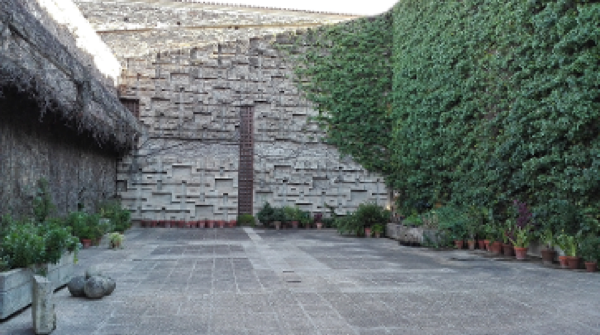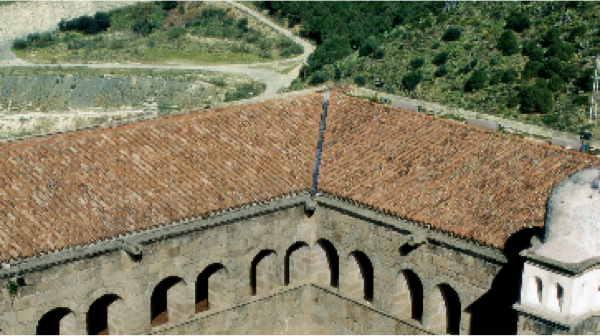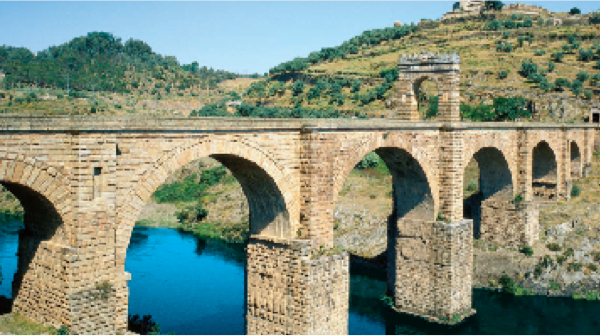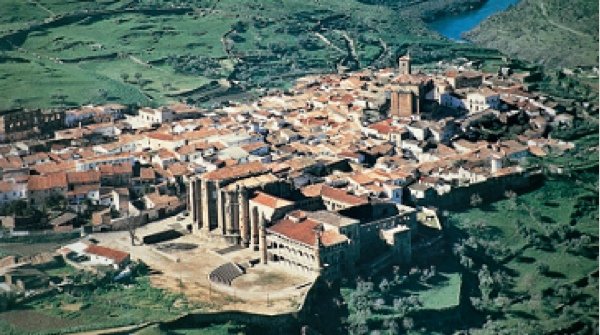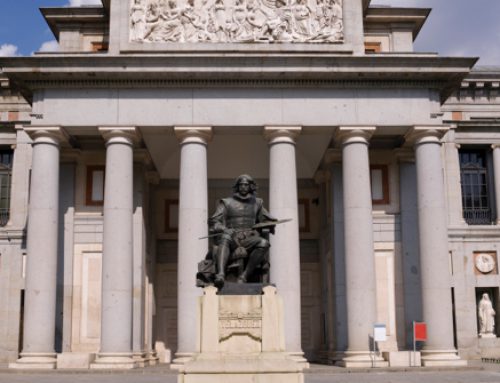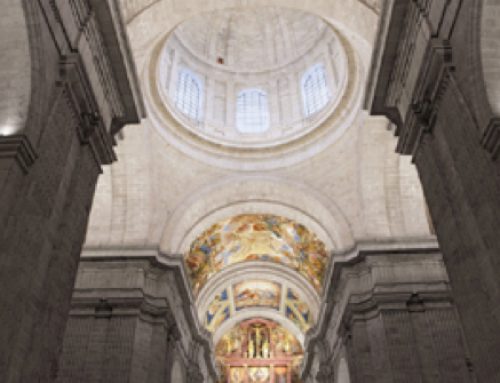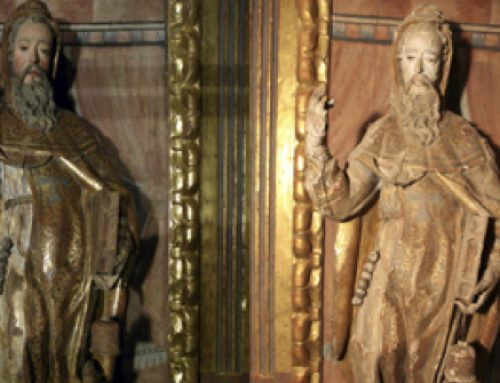To learn all about this monument and its more than five centuries of history, we organise free guided tours. Please book your tour in advance by calling +34 927 390 081 or writing to conventoalcantara@hotmail.comcheck the Convent’s visiting hours [PDF].
Over a monumentally beautiful Roman bridge, right where the Tagus and Alagón rivers converge, lies the town of Alcántara. Nestled in the Spanish region of Extremadura, this charming town invites visitors to discover its wonders gathered over centuries of history. Romans, Arabs, knights, religious and military men from the early Modern Period have left a unique mark, with the Convent of San Benito de Alcántara [PDF] standing proudly as the true highlight.
This 16th century Renaissance building contains a Gothic cloister and three naves adorned with Plateresque features. The convent was restored by Fundación Iberdrola España and currently hosts frequent cultural activities, such as English lessons for students and teachers from the community and the Classical Theatre Festival.
Five centuries of history within the walls of the San Benito Convent
The construction of the Convent began in 1505 commissioned by the Catholic Monarchs to house the Order of the Knights of Alcántara, a military and religious order. Though many master builders took part in its construction, the names of Pedro de Larrea and Pedro de Ibarra stand out, the former being the man who designed and built the cloister and the latter having taken care of most of the church and hostelry. In 1574, when the convent had already been built, the church was finally declared completed with some pending work such as the development of the central nave and sides.
Fundación Iberdrola España encouraged the renovation of the San Benito de Alcántara Convent in 2015.
After being bombarded by the Marquis of Las Minas in the early 18th century during the conquest of Alcántara, the Convent was occupied and suffered some serious damage. In 1836, the mass confiscation of religious estate carried out by the minister Mendizábal resulted in the expropriation of the building. The Convent became state property and was used as a jail and a school.
Thirty years later, it was finally auctioned and bought by the Amarilla and Sande family who used it as private property until 1961. It was then that the company Hidroeléctrica Española (the precursor of Iberdrola), after arriving in Alcántara to build the José María de Oriol waterfall, decided to buy most of the convent and restore it. Fundación Iberdrola España stepped in to promote its renovation in 2015, which was done in collaboration with local parties to encourage the area’s development.
History of the Order of the Knights of Alcántara
The Order of Alcántara was founded in the early 11th century but reached its peak in the 13th century, when King Alfonso IX of Leon reclaimed the territories of Alcántara from the Muslims. After the conquest of Granada in 1492, the Order of Alcántara lost its original purpose of fighting a religious battle or holy war.
Throughout the 17th century the Order took part in various wars against Portugal, with both nations fighting for the Roman bridge of Alcántara as a strategic point. The 19th century saw several tumultuous events for the Order: the Trienio Liberal, the confiscation of religious property and the First Republic. Like its counterparts of Santiago, Calatrava and Montesa, the Order was later restored by the monarchs, until it was finally abolished in 1931 under the Second Republic. In 1981, King Juan Carlos I (now King Emeritus) once again reinstated the Orders after the many years of monarchic exile.

